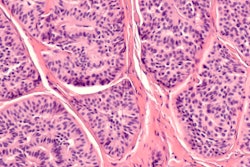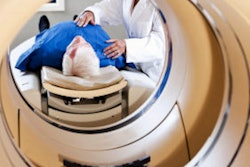Dear Molecular Imaging Insider,
PET takes center stage in this edition of the Insider: Our feature article involves a PET-based risk classification metric for prostate cancer patients to help predict their survival without disease recurrence.
This approach, developed by German and Swiss researchers, establishes prostate-specific antigen parameters from prostate-specific membrane antigen (PSMA)-PET imaging to calculate patients' chances for relapse-free outcomes after radiotherapy and/or metastasis-directed therapy. All the details are available in this report posted today.
FDG-PET has also proved its value by correlating positive neuroendocrine tumors in patients treated with peptide receptor radionuclide therapy (PRRT) to the patients' chances of overall and progression-free survival. The modality also complimented results from gallium-68 somatostatin receptor (SSTR) PET/CT after treatment with PRRT, in which high levels of SSTR expression combined with negative FDG uptake to predict more favorable longer-term outcomes.
Dutch researchers are turning to FDG-PET/CT to look for the cause of fever of unknown origin in children. The strategy focuses on infection or inflammation and could be especially helpful in treating children 3 years of age and younger.
In a direct comparison, FDG-PET has proved superior to MRI with arterial spin labeling (ASL) for diagnosing and differentiating various forms of dementia. Two readers achieved higher sensitivity and greater diagnostic confidence using FDG-PET against MRI with enhanced multiplane tagging ASL (eASL), which was used to quantify cerebral blood perfusion. Yet, despite the differences, the researchers still believe MRI with eASL can play an important role in dementia diagnosis.
Finally, molecular radiotherapy -- or radioligand therapy -- continues to generate considerable interest. A European team of nuclear medicine specialists has proposed a 10-point plan to overcome the barriers to clinical implementation in this emerging area.
Be sure to stay in touch with the Molecular Imaging Community on a daily basis for the latest in research and news from around the world.




















